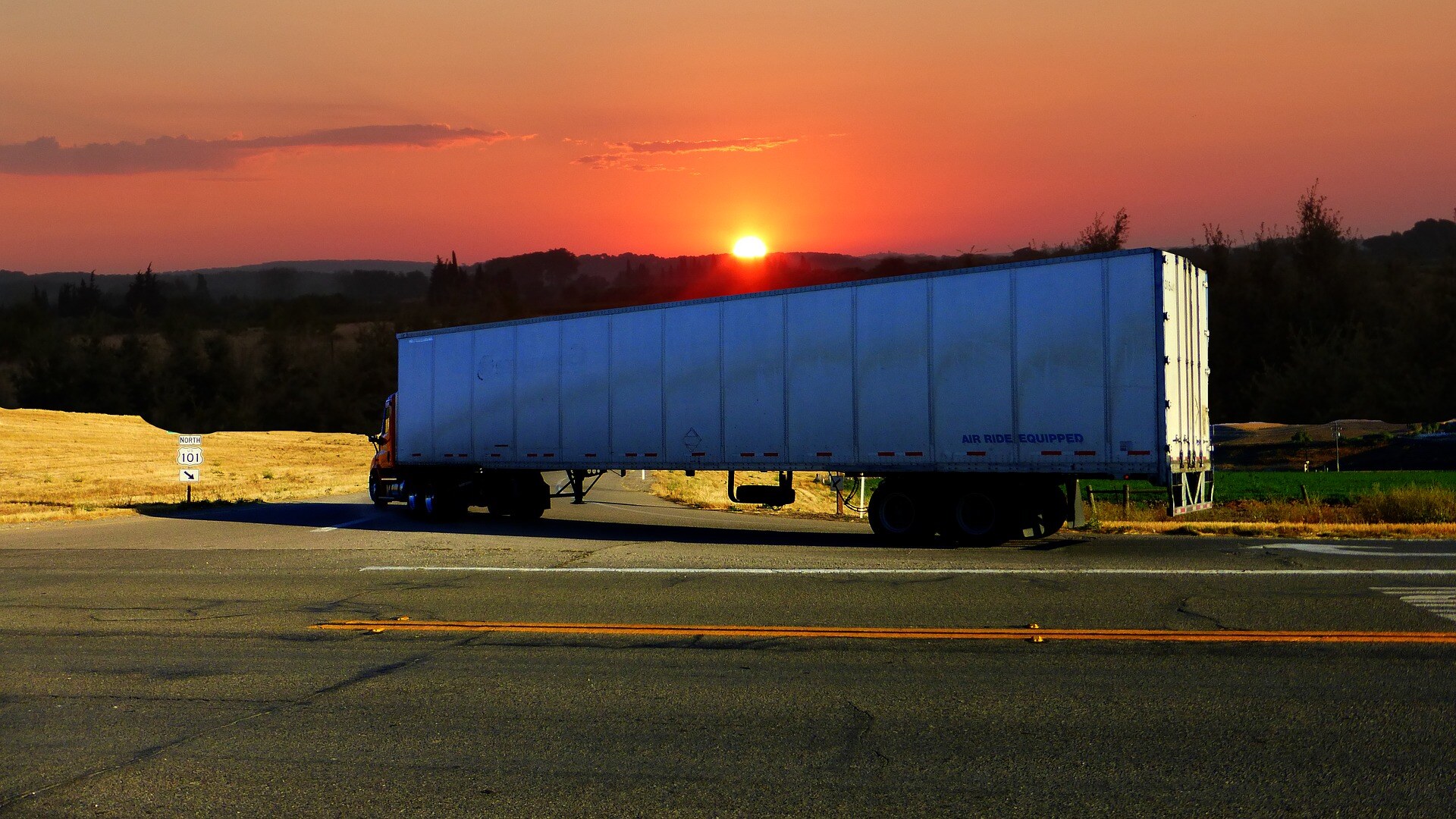How to Determine Total Cost of Ownership

When maintaining vehicles in a fleet, it’s important to understand the total cost of ownership (TCO) for each vehicle. TCO information on individual vehicle makes and models ensures poorly performing assets aren’t consuming capital.
This helps fleet managers determine when it’s time to replace vehicles, and what makes and models prove to be the best investment for their fleet.
According to Graco.com, TCO can be determined by the following equation:
TCO = I + O + M + D + P – RS.
Let’s break that down:
I = Initial Cost
This is the number listed on the price tag of the vehicle or equipment.
According to Graco.com, some experts say the initial price of a vehicle or piece of equipment represents less than 10 percent of the total cost spent on the asset over its lifetime. This means when determining the cost of an asset, you need to look beyond the price you initially paid for it. You need to include many other costs and factors, as listed below.
C = Cost of Operation
The cost of operation includes expenses to run the vehicles, including fuel, registration fees, and the cost of training drivers and staff members on how to use the assets.
M = Cost of Maintenance
The cost of maintenance includes the expense of repairs. This can be routine maintenance requests like preventative maintenance, tire inspections, oil changes, and more. It also includes unscheduled repairs for sudden breakdowns and problems.
According to a study performed by Ernst & Young in 2012, maintenance costs increase sharply as assets age. E&Y states the biggest increase happens in the first and seventh year of ownership. This is helpful for operations, as they can track the vehicle’s age and maintenance costs and can determine when to replace the asset based on rising expenses.
D = Cost of Downtime
The cost of downtime accounts for the time the vehicle or equipment is out of service for repairs. According to Graco.com, this can include “the labor costs of employees whose work is delayed, indirect labor costs from supervisors who address the issue, lost production, and lost customers from inability to meet time expectations.”
P = Cost of Production
The cost of product is the expense associated with the vehicle or asset’s output. According to Graco.com, this would account for any environmental implications.
R = Remaining Value
The remaining value refers to the amount of money the vehicle or equipment will be worth in the future. Operations can determine the value in 1 year, 5 years, 10 years, or any time in the future to determine when it might be best to remove the vehicle from the fleet.
Trying to track all of this information for each vehicle can be difficult for operations that don’t have processes in place. The information can be easily accessed and pulled into reports for operations that use fleet management software.
To learn how RTA’s fleet management software can help your operation, contact us today to schedule a free demo.
